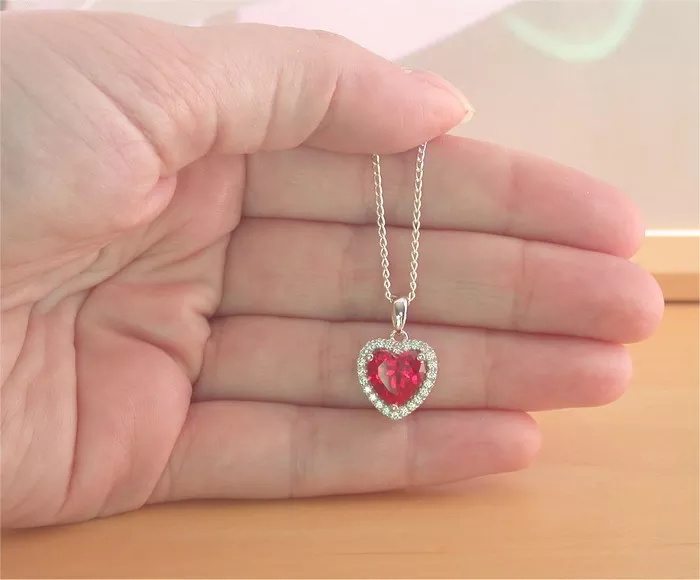Rubies, with their rich red hues and historical significance, have long been coveted gemstones. However, determining the value of a ruby, especially when it comes to smaller sizes, can be a complex process influenced by various factors. From color and clarity to origin and treatments, several key aspects contribute to the worth of a small ruby.
Determining the Value of Small Rubies
When assessing the value of a small ruby, it’s essential to consider the interplay of these factors and seek guidance from a reputable gemologist or jeweler. While small rubies may not command the same prices as larger, more valuable stones, they can still hold significant worth if they possess desirable qualities such as intense color, clarity, and transparency.
How Much Is a Small Ruby Worth?
Color: The color of a ruby is perhaps the most significant factor in determining its value. Rubies range in color from pinkish-red to deep crimson, with the most valuable stones exhibiting a pure, vibrant red hue. Small rubies with intense, saturated color are typically more valuable than those with lighter or duller tones.
Clarity: Like other gemstones, rubies are graded based on their clarity, or the presence of internal flaws known as inclusions. While small rubies may be more forgiving in terms of clarity compared to larger stones, those with fewer inclusions and greater transparency are generally more valuable.
Cut: The cut of a ruby can significantly impact its beauty and value. Well-cut rubies will exhibit optimal brilliance and color saturation, enhancing their overall appeal. Small rubies are often cut into simpler shapes, such as rounds or ovals, to maximize carat weight and minimize waste during the cutting process.
Carat Weight: Carat weight plays a role in determining the value of a ruby, with larger stones typically commanding higher prices per carat. However, small rubies can still be valuable if they exhibit exceptional color, clarity, and brilliance.
Origin: The origin of a ruby can also influence its value, with stones from certain locations commanding premium prices. Rubies from Myanmar (formerly Burma) are highly prized for their intense color and clarity, while rubies from other sources may be valued differently based on factors such as color saturation and origin.
Treatments: Many rubies undergo treatments to enhance their color and clarity, such as heat treatment or fracture filling. While these treatments are common and accepted within the industry, they can affect the value of a ruby. Untreated rubies with natural color and clarity are generally considered more valuable than treated stones.
Market Trends and Pricing
The market for small rubies can fluctuate based on factors such as supply and demand, economic conditions, and consumer preferences. While larger rubies may attract more attention and command higher prices, there is still a demand for small rubies in the jewelry industry, particularly for use in accent stones or smaller pieces of jewelry.
Investing in Small Rubies
Investing in small rubies can be an attractive option for collectors and enthusiasts looking to diversify their portfolios. While small rubies may not offer the same potential for appreciation as larger, more valuable stones, they can still hold value over time, especially if they possess exceptional qualities such as color, clarity, and provenance.
Conclusion
In conclusion, the value of a small ruby is determined by a combination of factors, including color, clarity, cut, carat weight, origin, and treatments. While small rubies may not command the same prices as larger stones, they can still hold significant value if they possess desirable qualities and meet market demand. Whether you’re purchasing a small ruby for its beauty or considering it as an investment, understanding these factors is essential for making informed decisions in the world of gemstones.


